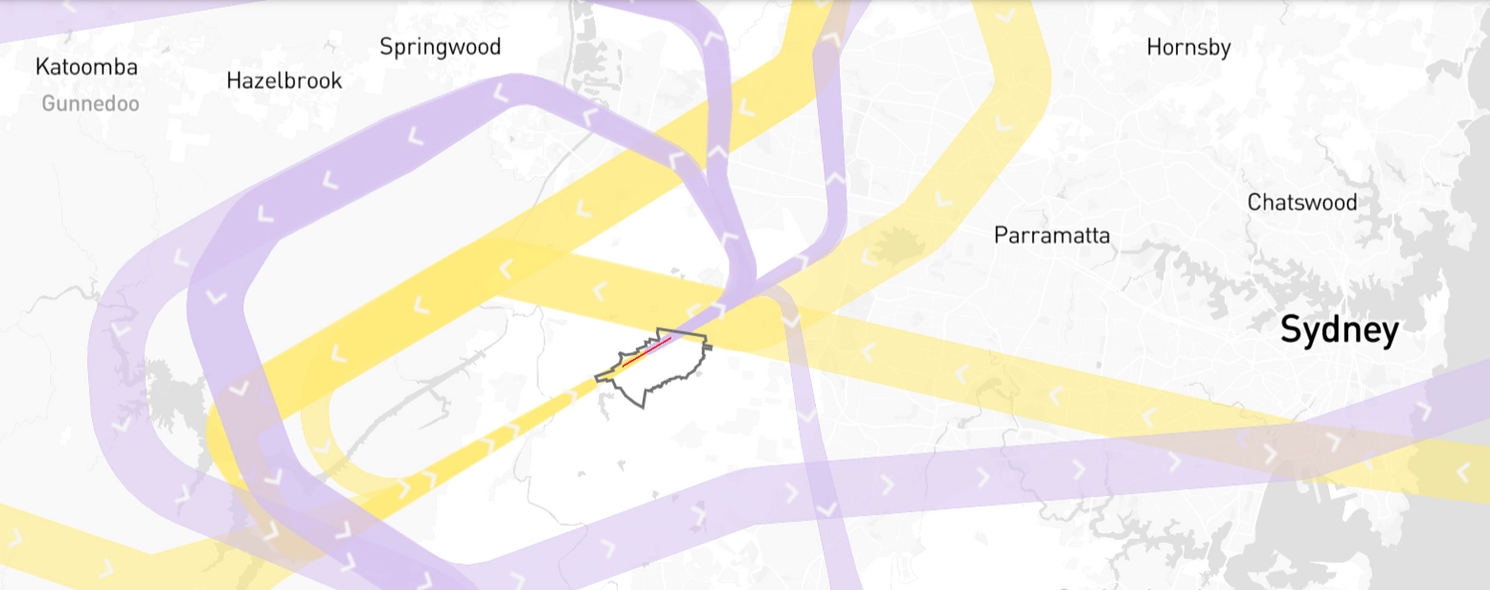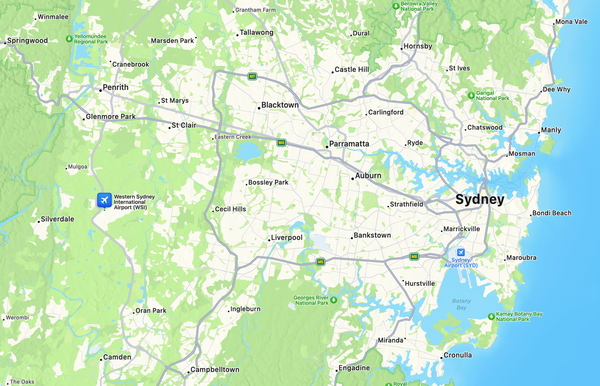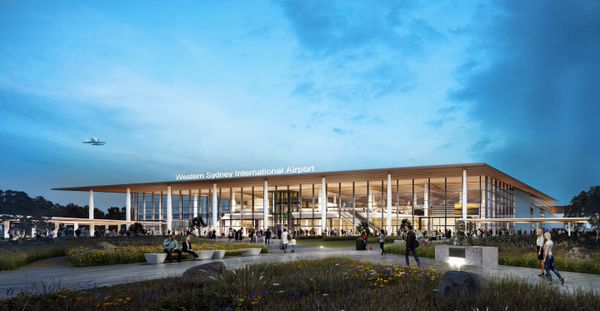The development of the Western Sydney Airport (also known as Nancy-Bird Walton Airport) is an ambitious infrastructure project that promises to bring significant economic benefits and increased connectivity to the region. However, as the airport takes shape and flight paths are being finalised, concerns are being raised regarding the impact on local communities. In this article, we'll examine the proposed flight paths for the Western Sydney Airport, identify the suburbs that will be affected, and discuss the potential implications for residents living in these areas.
Interactive Noise Map - https://wsiflightpaths.aerlabs.com/
Proposed Flight Paths
The flight paths for the Western Sydney Airport have been designed with several considerations in mind, including minimising noise impacts on residential areas, maintaining safety standards, and maximising operational efficiency. The airport is expected to operate on a 24/7 basis, and its flight paths will be shared with the existing Sydney Kingsford Smith Airport.
From what we know so far, the Western Sydney Airport will have both north-south and east-west runway orientations. This means that aircraft will primarily take off and land in either a north or south direction, depending on prevailing wind conditions. East-west movements will be limited and will generally only occur when strong crosswinds prevent the use of the north-south runways.
Impacted Suburbs
The suburbs affected by the proposed flight paths will largely depend on the direction in which planes take off and land. Here are some of the key suburbs that are expected to experience increased aircraft noise and activity:
- Northern Approach/Departure: Luddenham, Bringelly, Rossmore, Kemps Creek, and Badgerys Creek
- Southern Approach/Departure: Greendale, Wallacia, Mulgoa, and Silverdale
- Limited East-West Movements: Horsley Park, Cecil Park, and Austral
It's important to note that these are preliminary flight paths, and adjustments may be made based on further analysis, community consultations, and environmental assessments.
Potential Implications for Residents
Increased aircraft noise and activity can have various implications for residents living in the affected suburbs. Some of the key concerns include:
- Noise Pollution: Residents living under or near the proposed flight paths may experience increased noise levels from aircraft taking off and landing. This could impact their overall quality of life, particularly during the night when sleep may be disrupted.
- Property Values: The perception of increased noise and aircraft activity could potentially have a negative impact on property values in affected suburbs, as some buyers may be deterred by the prospect of living under a flight path.
- Environmental Impact: Increased aircraft traffic could lead to greater air and noise pollution in the affected areas, potentially affecting the health and well-being of residents.
- Infrastructure and Services: The growth and development spurred by the Western Sydney Airport may place additional pressure on existing infrastructure and services in the region, including roads, public transport, schools, and healthcare facilities.
While the Western Sydney Airport promises to bring significant economic and connectivity benefits to the region, it's crucial to carefully consider and address the potential impacts on local communities. The ongoing consultation process and careful planning of flight paths can help minimize the negative effects on affected suburbs while ensuring that the airport operates efficiently and safely. As the airport development progresses, maintaining open communication and collaboration between the government, airport authorities, and local residents will be essential to ensuring the best possible outcome for all stakeholders.


